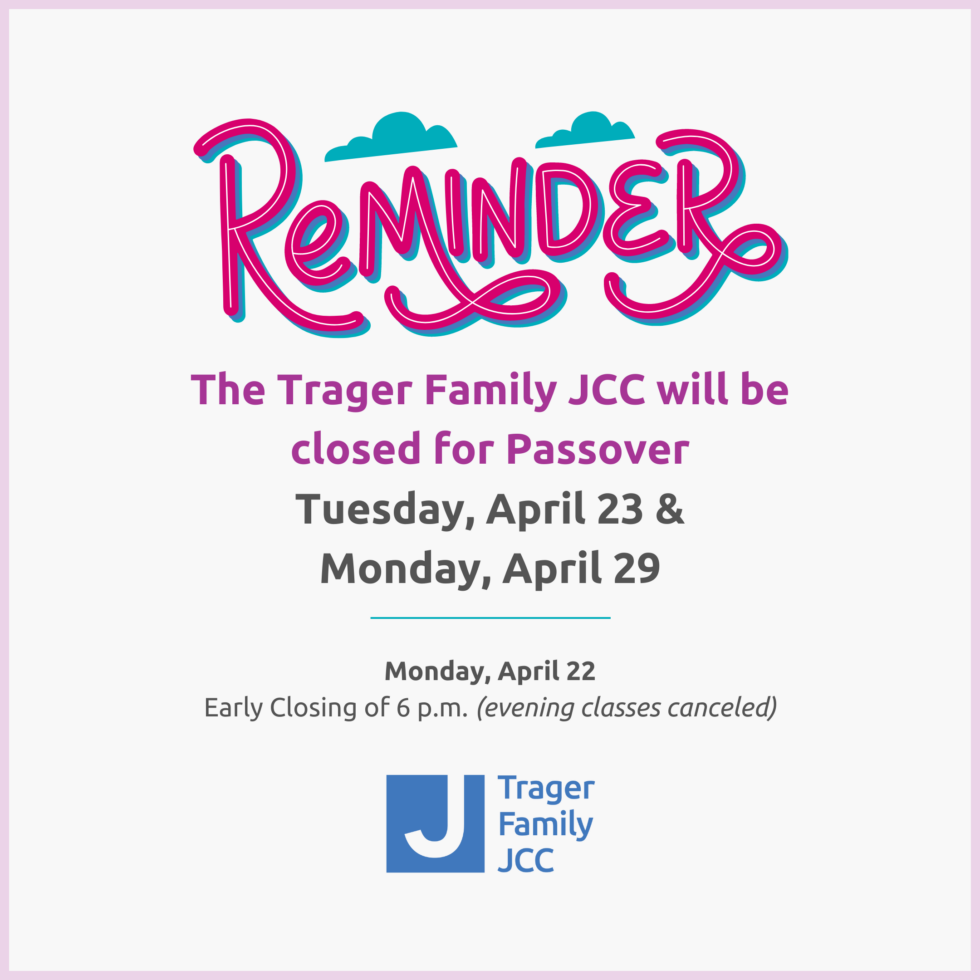For many of us, the new season of a series regarded as among the most transformative as well as profoundly Jewish popular cultural phenomenon of recent years is cause for celebration. Created by Jill Soloway, Transparent debuted its first season in full in September of 2014 on Amazon.com’s streaming service. Transparent intimately tracks a family of secular Jewish Angelinos, the Pfeffermans, in the aftermath of the patriarch’s transitioning from Mort to Maura.
The series has garnered much attention, including Golden Globes for both “Best Television Series – Musical or Comedy” and for “Best Actor in a Television Series – Musical or Comedy” (for actor Jeffrey Tambor as Maura), as well as 2015 and 2016 Emmy Awards to both Jeffrey Tambor and Jill Soloway.
Throughout Jill Soloway’s playful and profound portrayals of Jews and other individuals who constantly appear to be morphing between identities, partners, and homes, we find an affirmation of what has become the most traditional subject of modern Jewish narrative art, namely the struggle to negotiate between inherited and chosen identities while at the same time audacious reimaginings of just what those boundaries constitute.
That “traditionalism” is inherent in the first season’s stark invocation of Parshat Lech Lecha, the third weekly Torah portion in the annual cycle of Torah reading (Genesis 12:1-17:27) which, as the series unfolds, imaginatively comes to signify the often lonely or exilic “going forth” or unravelling of each of the Pffermans’ individual journeys in the sunny landscape of southern California, America’s quintessential realm of self-reinvention.
As it happens, Lech Lecha is also a major character’s bat mitzvah Torah portion and it is representative of the chaos and uncertainties swirling through the lives of all the characters that this crucial coming-of-age ceremony never even takes place.
Dubbed by the New Yorker’s Emily Nussbaum a “stealth masterpiece,” Transparent captures the psychological, social and historical dynamics of being transgender at precisely the moment that transgender individuals have come out to American mass culture. Simultaneously, in the Pfeffermans, Transparent presents the most substantively and recognizably Jewish family in the history of American television.
The portrayal of Jewish life is brimming with Jewish life rituals (including a richly symbolic focus on mikvahs) and traditions of all kinds. Especially with the ambitious second season addition of a second temporality – 1930s Berlin – the show offers intersecting genealogies of gender and Jewishness in America.
The third season, just released, substantively deepens the conflicts of the major characters while significantly intensifying the Jewish themes of the first two seasons. As she conceives each of her unsettled character’s disparate outcomes, their unsettled and unsettling becomings, director and writer Jill Solloway seems guided by something very much akin to the wisdom of the great Jewish American author Grace Paley’s spiritual ethos: “Everyone, real or invented, deserves the open destiny of life.” No spoilers here, but the richly textured story-lines of the third season more than fulfill that premise.
I am especially pleased that an entire academic conference this winter at the University of Rochester will be devoted to exploring the series’ multidimensional nature, especially its engagement with the complexities of contemporary Jewish identity.
I am excited to join other scholars, writers, and critics to discuss all things Transparent. My colleagues and I anticipate conversations taking place at the nexus of sex and gender studies, Jewish studies, American studies, and media studies. Special panels will be devoted to an exciting range of topics including “Queer Berlin and Queer Hollywood,” “Secular Jewish Culture,” “Trauma, Memory and Secrets” and “Transgression, Atonement, and Ritual.”
I wish all who are current fans of the show happy viewing and everyone else to give Transparent a try!



